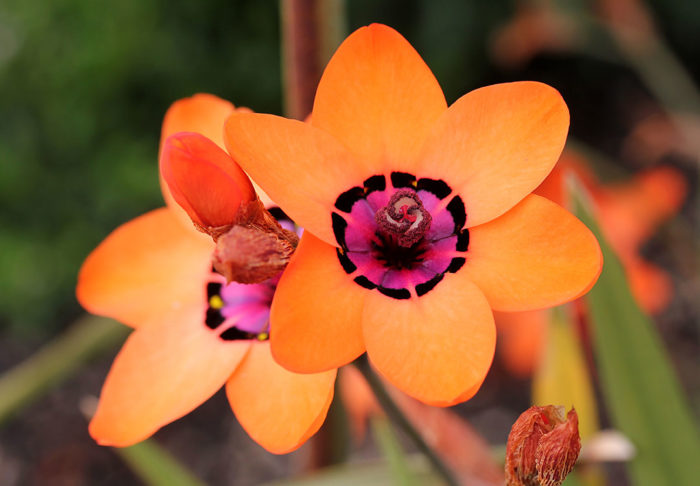
The University of California Botanical Garden, located high in the Berkeley Hills, is a 34-acre landscape of incredible diversity. Filled with plants collected from the wild of nearly every continent—many of them rare or endangered—the botanical garden’s more than 12,000 plant species are primarily organized into geographically representational collections. There are sections devoted to Asia, Australasia, eastern North America, California, Mexico and Central America, deserts of the Americas, South America, and southern Africa. The garden also features taxonomic and ethnobotanical collections as well.
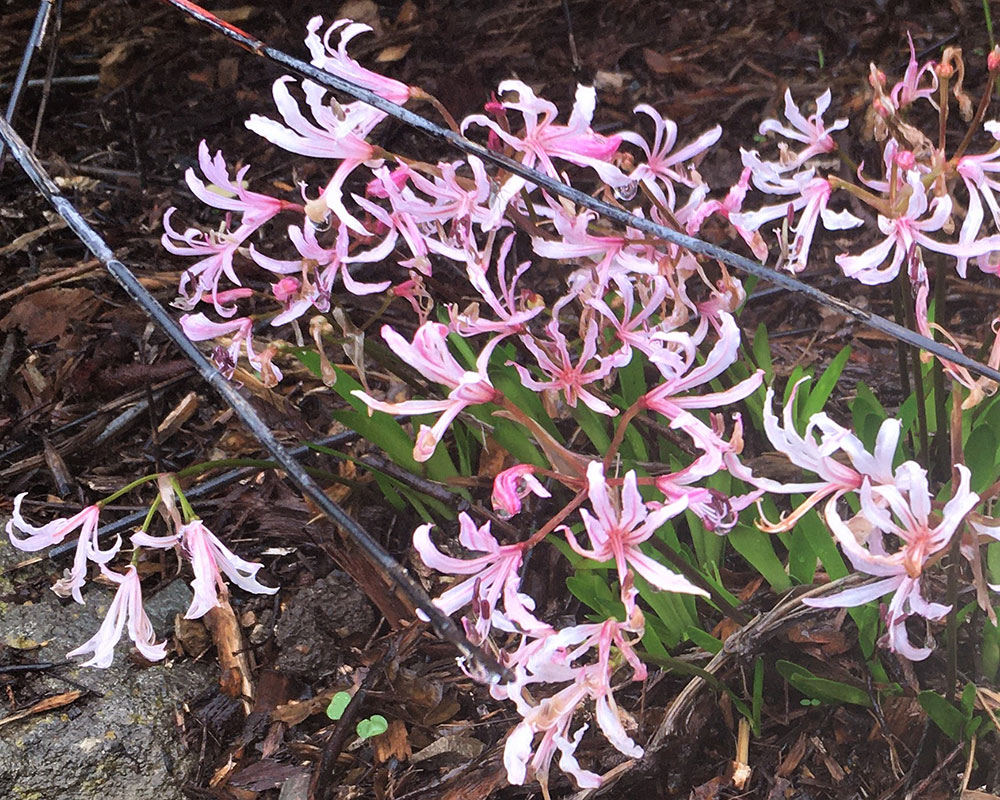
The southern Africa collection features a variety of unusual plants brought back over the years from South Africa, Lesotho, Swaziland, Botswana, and Namibia—a vast area containing a broad range of different and often difficult topographies, climates, and microclimates. Many of the plants endemic to southern Africa have evolved unique adaptations in order to survive and thrive in the harsh conditions of that climate, frequently resulting in unusual flower forms, leaf structures, and plant shapes.
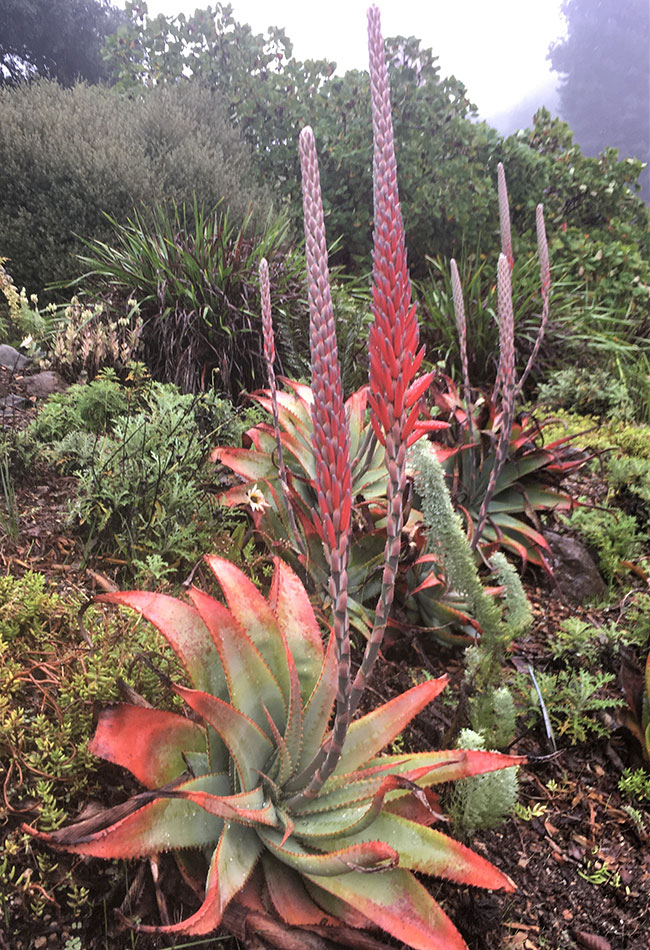
Some of the adaptations include the development of succulent, water-storing leaves to cope with long dry summer conditions as exhibited by aloes (Aloe spp. and cvs., Zones 9–11), crassulas (Crassula spp. and cvs., Zones 9–12), and cotyledons (Cotyledon spp. and cvs., Zones 9–11), just to name a few. Others—such as the stunning, spring-blooming baboon flower (Babiana spp. and cvs., Zones 8–10), sparaxis (Sparaxis spp. and cvs., Zones 9–11), and African corn lilies (Ixia spp. and cvs., Zones 8–10)—have developed carbohydrate-rich bulbs for nutrient storage.
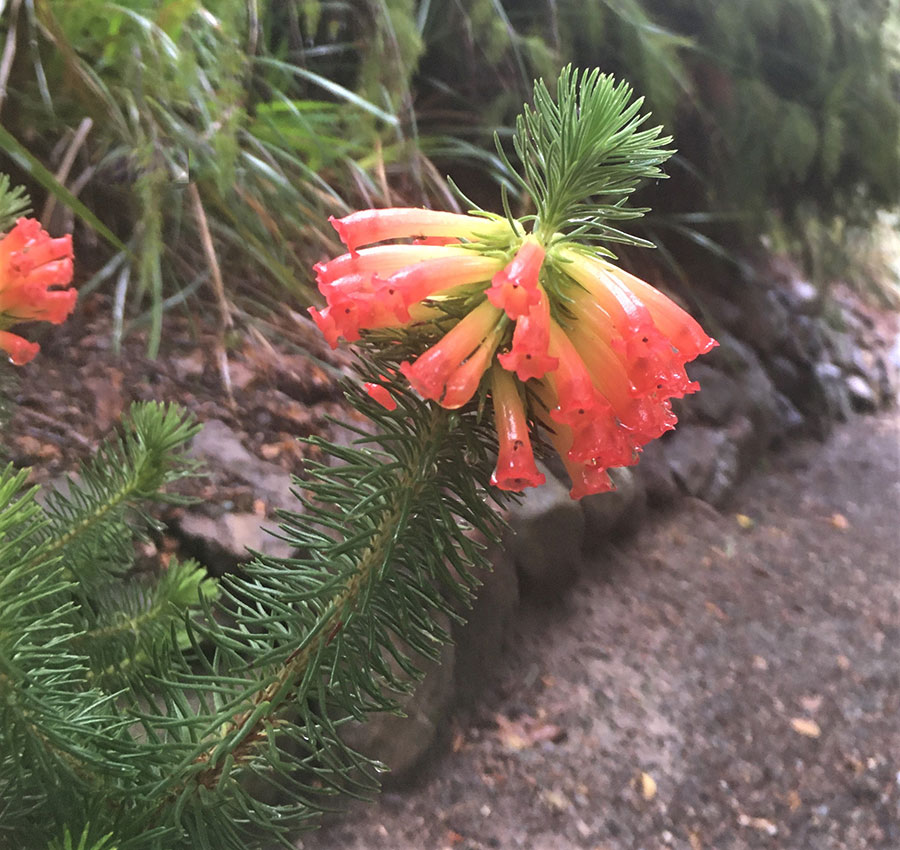
Many of these plants unique to the biomes of southern Africa can be admired and appreciated during a tour of the southern Africa collection at the UC Botanical Garden. No matter when you choose to visit, there always will be something in bloom, with the extensive aloe collection alone being well worth the trip. While the cycad collection is not to be missed and the winter blooms of the many heath (Erica spp. and cvs., Zones 5–10) varieties will stop you in your tracks, the following South African bulbs are particularly delightful. These bulbs bloom during the spring months in Northern California, while blooming in the winter and spring months of the Southern Hemisphere (June through September) in their native habitats of southern Africa.
Starfish iris
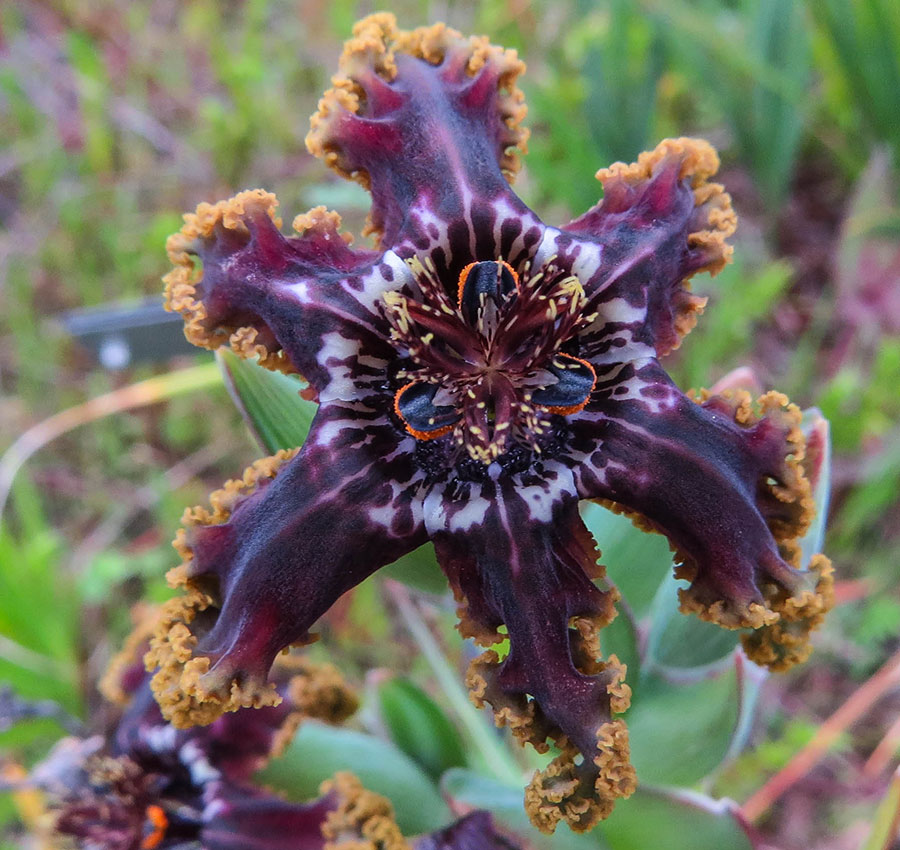
Starfish iris (Ferraria crispa, Zones 9–10) is a vigorous perennial, reaching 16 to 18 inches tall and 12 to 16 inches wide with sword-shaped green leaves. The fragrant, crinkle-edged flowers bloom in Northern California in early spring. These astonishing starfish-like blooms are much beloved by hummingbirds and come in an array of hues—dark brown, maroon, off-white, green, and pale yellow. Colors may be striped or look splashed or speckled on the leaves. Grow this summer-dormant beauty in full sun to partial shade in rich, well-drained soil. It requires minimal water year-round and even less during the summer months.
Cape buttercup
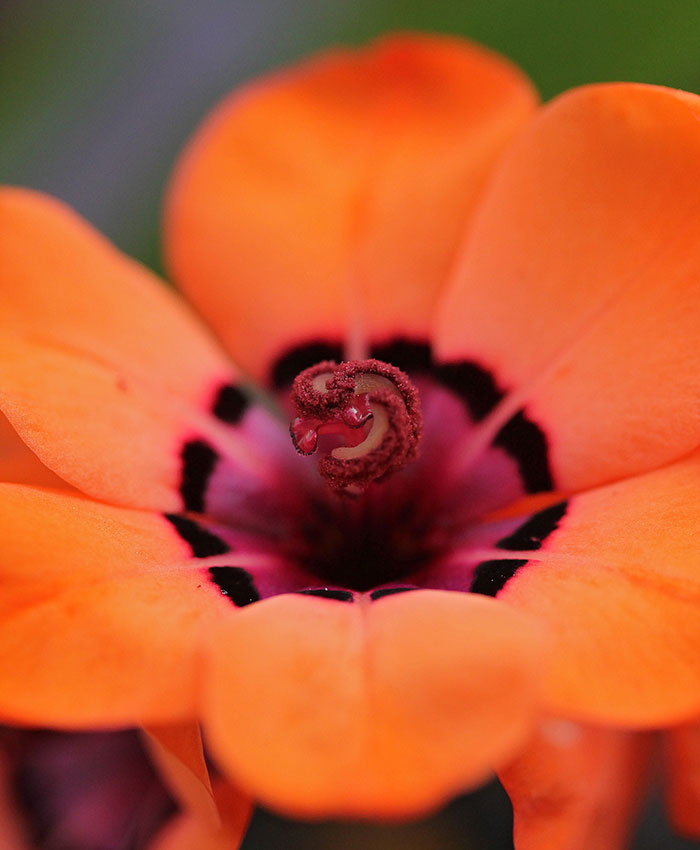
Another rugged, summer-dormant perennial, cape buttercup (Sparaxis elegans, Zones 9–10) has dense, strappy, fanlike green foliage, reaching 12 inches tall by late winter. In March, spectacular flower spikes up to 18 inches tall bear three to five blooms each. These 2-inch-wide flowers have vivid orange petals and a distinctive yellow-and-black-dotted ring at their center surrounding a purple throat. As lovely in the vase as it is in the garden, cape buttercup is happiest grown in full sun in amended, well-drained soil and with minimal summer water.
Turquoise hyacinth
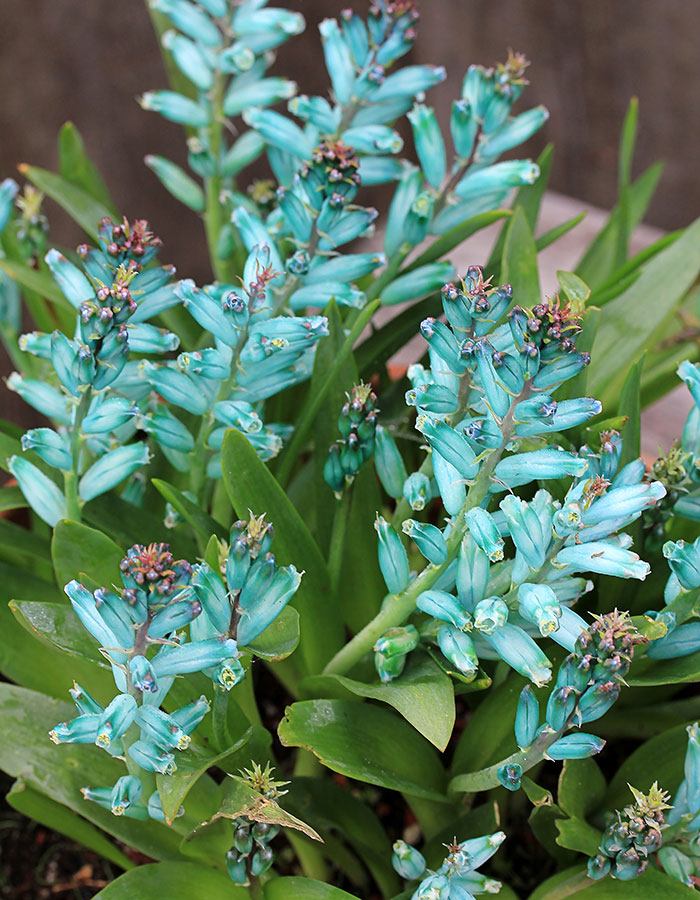
Like many other South African bulbs, turquoise hyacinth (Lachenalia viridiflora, Zones 9–11) is a winter grower, with its bright green, low-growing, strappy foliage disappearing during the summer months only to reemerge in late fall. In winter (specifically January for Northern California), short flower spikes rise 3 inches above the foliage and carry big, showy, tubular blooms in a truly astonishing milky turquoise hue. Turquoise hyacinth will reach 5 to 6 inches tall when flowering. This rare plant does well in dry-summer landscapes or in containers and has minimal water requirements (none in summer). Plant in full sun to partial shade in rich soil with excellent drainage.
Baboon flower
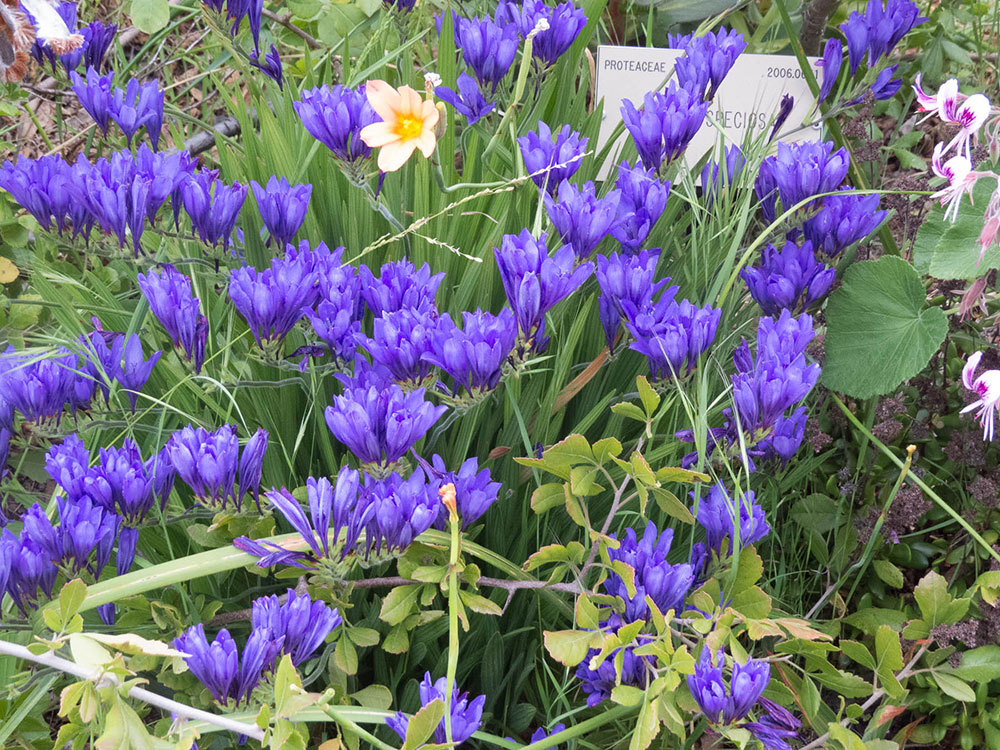
An easy-to-grow clumping perennial, this species of baboon flower (Babiana angustifolia, Zones 9–11) grows to 12 inches tall (16 inches when in bloom), with strappy, oddly pleated, slightly felted leaves and a showy early spring display of lavender-blue flowers. Deep violet dotting on the lower petals adds to the beauty of the long-lasting blooms, which are as pretty in a bouquet as they are in the February garden. Baboon flower is drought tolerant, naturalizes easily, and should be planted in full sun in rich, well-drained soil. Water sparingly, particularly during summer dormancy.
Be sure to plan your visit to the southern Africa collection at the UC Botanical Garden during the prime flowering period of January through April. You can purchase the four particular plants profiled here or their bulbs during the garden’s fabulous spring and fall plant sales!
—Fionuala Campion is the owner and manager of Cottage Gardens of Petaluma in Petaluma, California.


















Comments
Log in or create an account to post a comment.
Sign up Log in